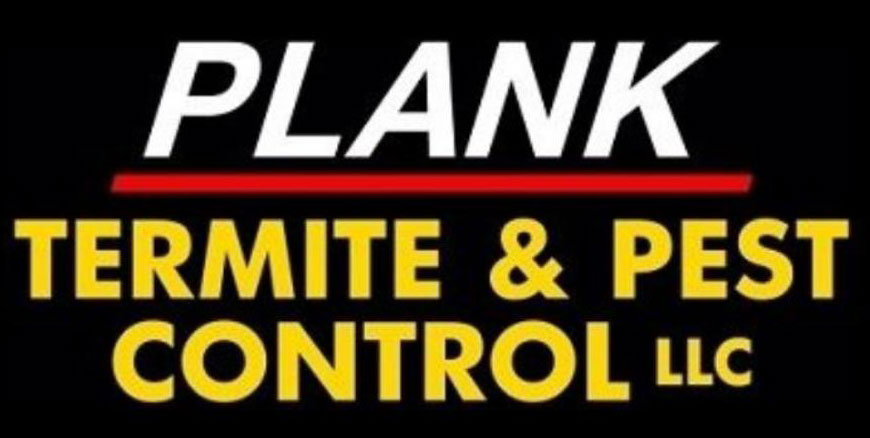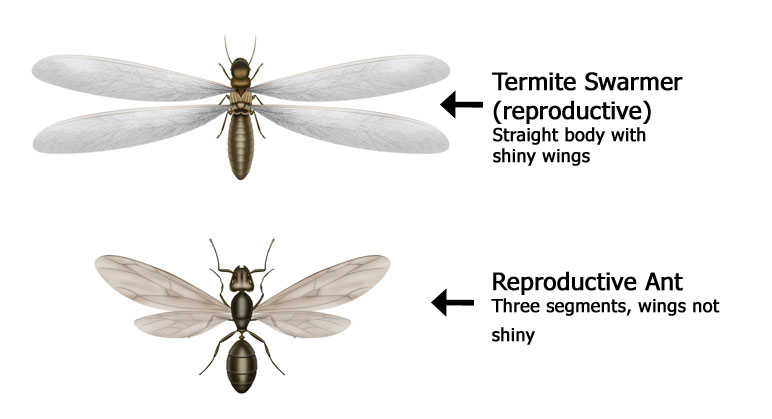Termites live in colonies that, at maturity, number from several hundred to several million individuals. Colonies use a decentralised, self-organised systems of activity guided by swarm intelligence to exploit food sources and environments that could not be available to any single insect acting alone. A typical colony contains nymphs (semi-mature young), workers, soldiers, and reproductive individuals of both genders, sometimes containing several egg-laying queens.
Termites are sometimes called “white ants”, though they are not closely related to true ants.
A female that has flown, mated, and is producing eggs is called a “queen”. Similarly, a male that has flown, mated, and remains in proximity to a queen, is termed a “king”. Research using genetic techniques to determine relatedness of colony members is showing that the idea that colonies are only ever headed by a monogamous royal pair is wrong. Multiple pairs of reproductives within a colony are not uncommon. In the families Rhinotermitidae and Termitidae, and possibly others, sperm competition does not seem to occur (male genitalia are very simple and the sperm are anucleate), suggesting that only one male (king) generally mates within the colony.
At maturity, a primary queen has a great capacity to lay eggs. The king grows only slightly larger after initial mating and continues to mate with the queen for life.
Worker termites undertake the labors of foraging, food storage, brood and nest maintenance, and some defense duties in certain species. Workers are the main caste in the colony for the digestion of cellulose in food and are the most likely to be found in infested wood.
Termites are generally grouped according to their feeding behaviour. Thus, the commonly used general groupings are subterranean, soil-feeding, drywood, dampwood, and grass-eating. Of these, subterraneans and drywoods are primarily responsible for damage to human-made structures.All termites eat cellulose in its various forms as plant fibre.
Termite workers build and maintain nests to house their colony. These are elaborate structures made using a combination of soil, mud, chewed wood/cellulose, saliva, and faeces. A nest has many functions such as to provide a protected living space and to collect water through condensation.
Nests are commonly built underground, in large pieces of timber, inside fallen trees or atop living trees. Some species build nests above-ground, and they can develop into mounds. Homeowners need to be careful of tree stumps that have not been dug up. These are prime candidates for termite nests and being close to homes, termites usually end up destroying the siding and sometimes even wooden beams.
Due to their wood-eating habits, many termite species can do great damage to unprotected buildings and other wooden structures. Their habit of remaining concealed often results in their presence being undetected until the timbers are severely damaged and exhibit surface changes. Once termites have entered a building, they do not limit themselves to wood; they also damage paper, cloth, carpets, and other cellulosic materials. Particles taken from soft plastics, plaster, rubber, and sealants such as silicone rubber and acrylics are often employed in construction.
When termites have already penetrated a building, the first action is usually to destroy the colony with insecticides before removing the termites’ means of access and fixing the problems that encouraged them in the first place. Baits (feeder stations) with small quantities of disruptive insect hormones or other very slow acting toxins have become the preferred least-toxic management tool in most western countries. This has replaced the dusting of toxins direct into termite tunnel.

